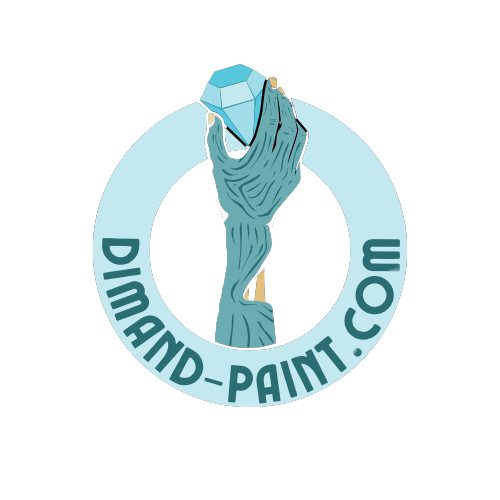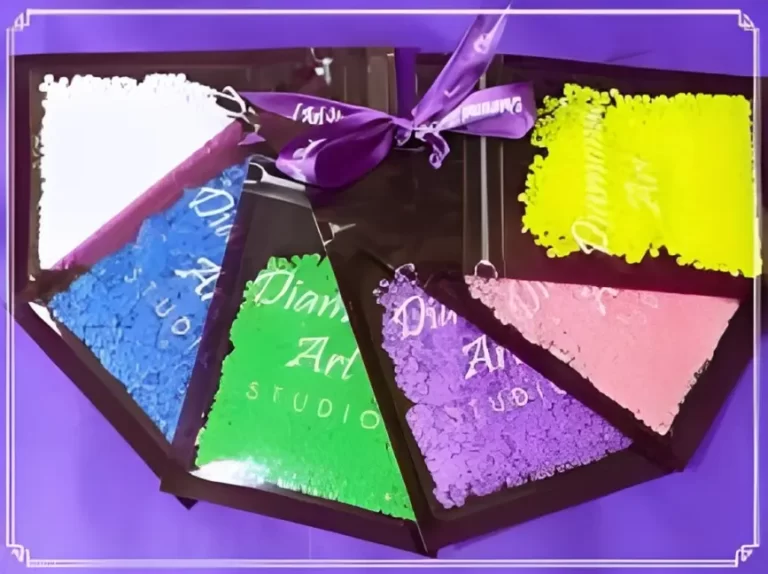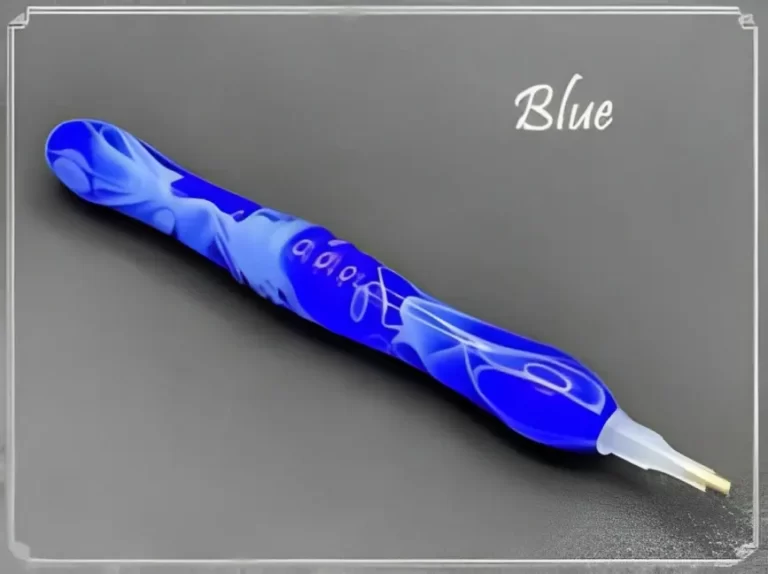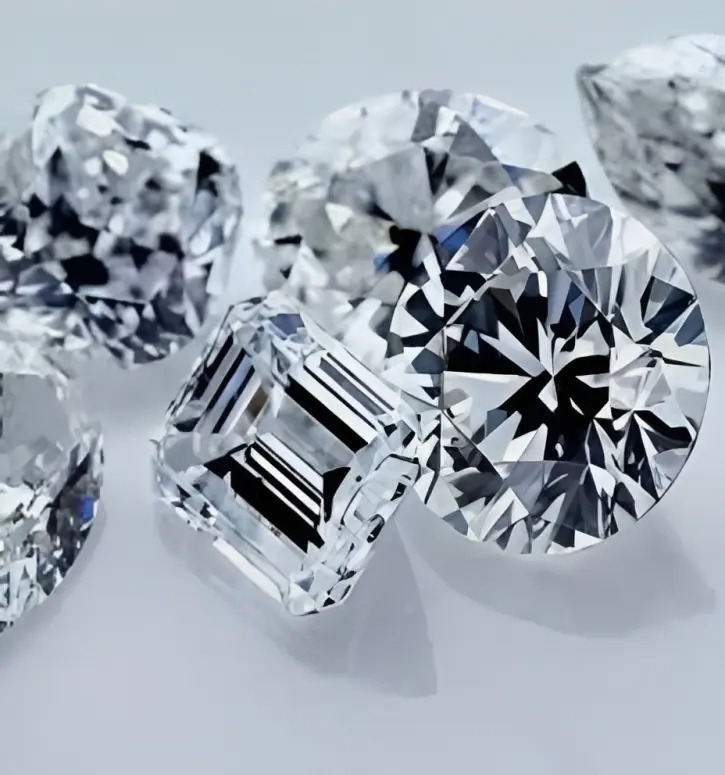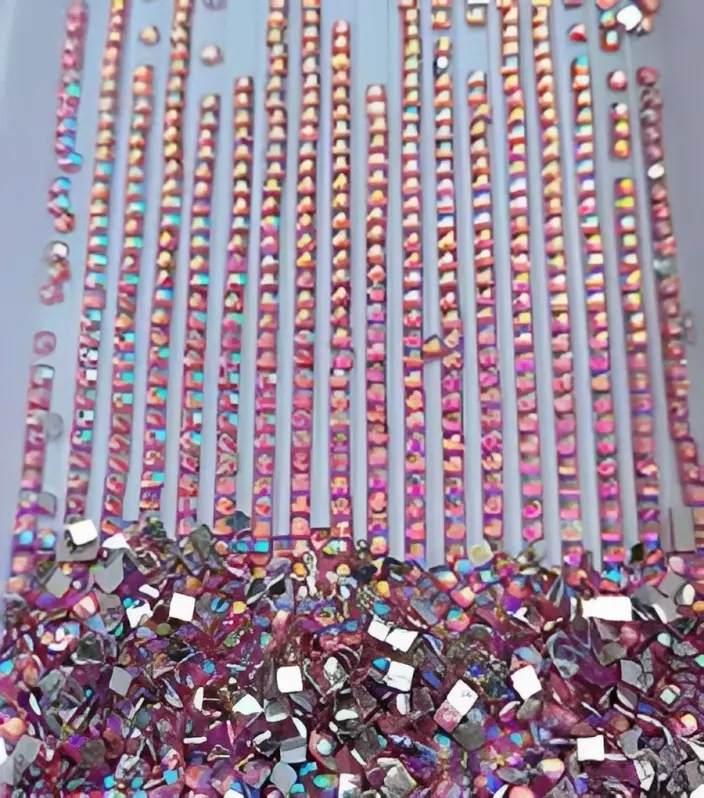What is Diamond Painting on Wood or Other Surfaces?
Diamond painting has gained immense popularity as a creative and relaxing hobby. As enthusiasts seek to diversify their diamond painting experiences, exploring different surfaces like wood, glass, fabric, and metal has become a fascinating trend.
In this article, we will delve into the world of diamond painting on various surfaces, with a particular focus on wood. We will explore the benefits, techniques, and considerations associated with diamond painting on these unconventional canvases.
Understanding Diamond Painting
Diamond painting is an innovative craft that combines elements of paint-by-numbers and cross-stitch. Tiny resin or acrylic “diamonds” are meticulously placed onto a canvas, creating stunning, sparkling artworks.
Traditionally, diamond painting has been associated with canvases featuring adhesive surfaces that correspond to the color-coded diamonds. However, the growing demand for creativity has led enthusiasts to experiment with different surfaces.
Exploring Different Surfaces
While canvas remains the standard surface for diamond painting, the allure of working on wood and other materials has captured the imagination of enthusiasts.
The desire to break away from conventions and add a unique touch to diamond paintings has driven this trend. Artists are keen to explore new textures, effects, and presentation possibilities that different surfaces offer.
Diamond Painting on Wood
Diamond painting on wood offers a distinct set of advantages. Wood provides a sturdy and durable base, making it ideal for large and intricate designs. Additionally, wood’s natural grain adds depth and character to the artwork. To prepare wood for diamond painting, it’s essential to prime the surface with gesso to create a smooth and adhesive-friendly base. Selecting the right type of wood is crucial, as softer woods may not hold the diamonds securely.
Diamond Painting on Canvas
Canvas has been the traditional choice for diamond painting due to its ease of use and availability. Canvas surfaces are designed specifically for diamond painting, ensuring optimal adhesion and color accuracy. The flexibility of canvas makes it suitable for various frame sizes and shapes, offering artists a familiar and comfortable platform.
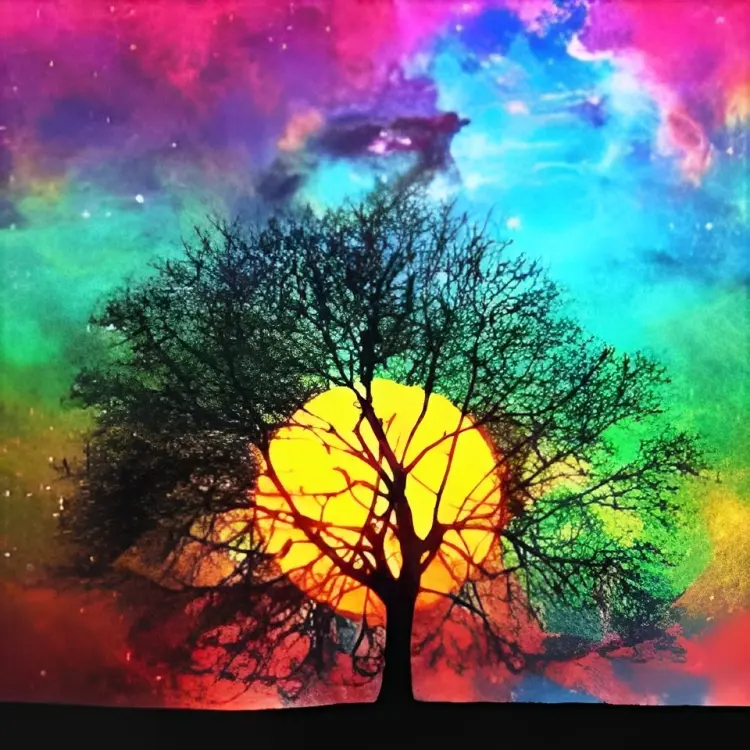
Diamond Painting on Other Surfaces
Apart from wood and canvas, diamond painting can be pursued on a variety of surfaces. Glass offers a transparent and ethereal quality, while fabric adds texture and dimension. Metal surfaces bring an industrial flair to diamond paintings. Each surface presents unique challenges and creative opportunities, making the choice of material an integral part of the artistic process.
Tools and Materials
To embark on diamond painting on different surfaces, certain tools are essential. These include a diamond applicator pen, tray, wax, and of course, the diamonds themselves. Specialized kits for wood, glass, fabric, and other surfaces are available, ensuring the compatibility of materials.
Techniques and Tips
Adhering diamonds to various surfaces requires specific techniques. On wood, for instance, gentle pressure is essential to prevent damaging the base. Maintaining accuracy and consistency across surfaces may require adjustments in techniques. Keeping diamonds organized and accessible is crucial, especially when dealing with unconventional surfaces.
Choosing the Right Design
When selecting a design for diamond painting on different surfaces, factors like size, complexity, and aesthetic compatibility come into play. Intricate designs may shine on wood, while simpler patterns could work well on glass. Considering the unique attributes of each surface helps in achieving a harmonious result.
Finishing and Sealing
After completing a diamond painting, sealing the artwork is essential to preserve its brilliance and longevity. Applying a sealant ensures that the diamonds remain securely in place and protected from external elements. This step is especially critical when working on unconventional surfaces to prevent any damage.
Benefits of Trying Different Surfaces
Exploring different surfaces in diamond painting opens up a realm of possibilities. Artists can break free from conventions, overcome artistic challenges, and experiment with textures and effects. Diversifying surfaces adds a personal touch to each project and encourages artistic growth.
Personalization and Customization
Custom diamond painting projects have gained traction as enthusiasts seek to create personalized gifts and artworks. The ability to transform cherished photographs into diamond paintings on wood or other surfaces adds a sentimental value to the craft.
Community and Sharing
The online diamond painting community provides a platform for enthusiasts to share their experiences, tips, and completed projects. Engaging with fellow artists and enthusiasts can provide inspiration and support, fostering a sense of camaraderie.
Conclusion
Diamond painting on wood and other surfaces is a captivating endeavor that enhances creativity and artistic expression. While canvas remains a beloved choice, the allure of unconventional surfaces offers a unique avenue for exploration. As enthusiasts experiment with different textures and effects, diamond painting continues to evolve into an even more versatile and engaging craft.
